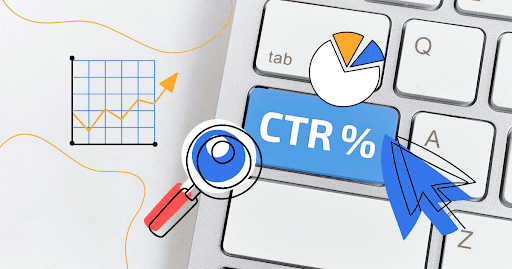Traditional banner advertising have given way to more individualised, non-intrusive forms like pushads in the digital era. These advertisements have become more well-liked due to their capacity to increase ROI and engagement rates. Push advertisements are becoming a more popular tactic used by marketers all over the world to communicate with consumers directly in real time. Push advertisements, often referred to as push alerts, are interactive messages that are delivered straight to consumers’ devices via mobile applications or websites. Push alerts don’t need you to be actively surfing a website, in contrast to traditional display adverts. Additionally, notification ads avoid ad blockers, which increases their credibility and reduces their intrusiveness. This makes it possible for marketers to connect with their audience more successfully.
What is push ads? A/B testing, automation technologies, and timing are essential components of a successful push advertising approach. Marketers may boost user engagement and prevent notification fatigue by sending messages during peak user activity. While A/B testing yields information on what audiences respond to best, automation enables marketers to build campaigns of drip or triggered messages depending on user activities. Campaign ROI and CTR may be raised with regular optimisation based on this information. Marketers may leverage real-time data to scale up successful initiatives, re-engage inactive people, and change their approach.
Because push advertisements require consumers to opt-in and preserve their agreement, they are an effective long-term marketing technique. Value-driven material is a long-term expenditure that increases engagement and fosters brand loyalty by fostering trust. Due to customers’ preference for succinct, powerful messaging, mobile marketing is especially successful. Push advertisements have a bright future because of the combination of machine learning and artificial intelligence that can automate categorisation, recommend different content, and forecast the best times to deliver alerts. With high exposure, personalised content, and real-time delivery, they can raise CTR. They may increase traffic, keep app users, and increase transactions if done carefully.





